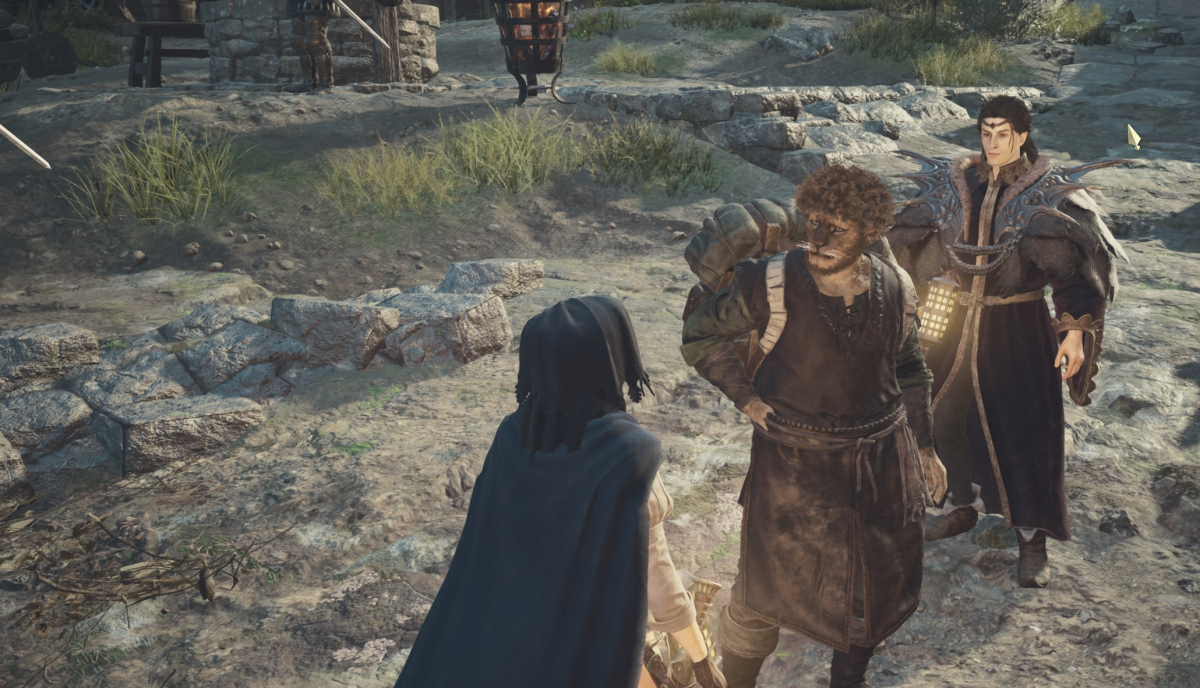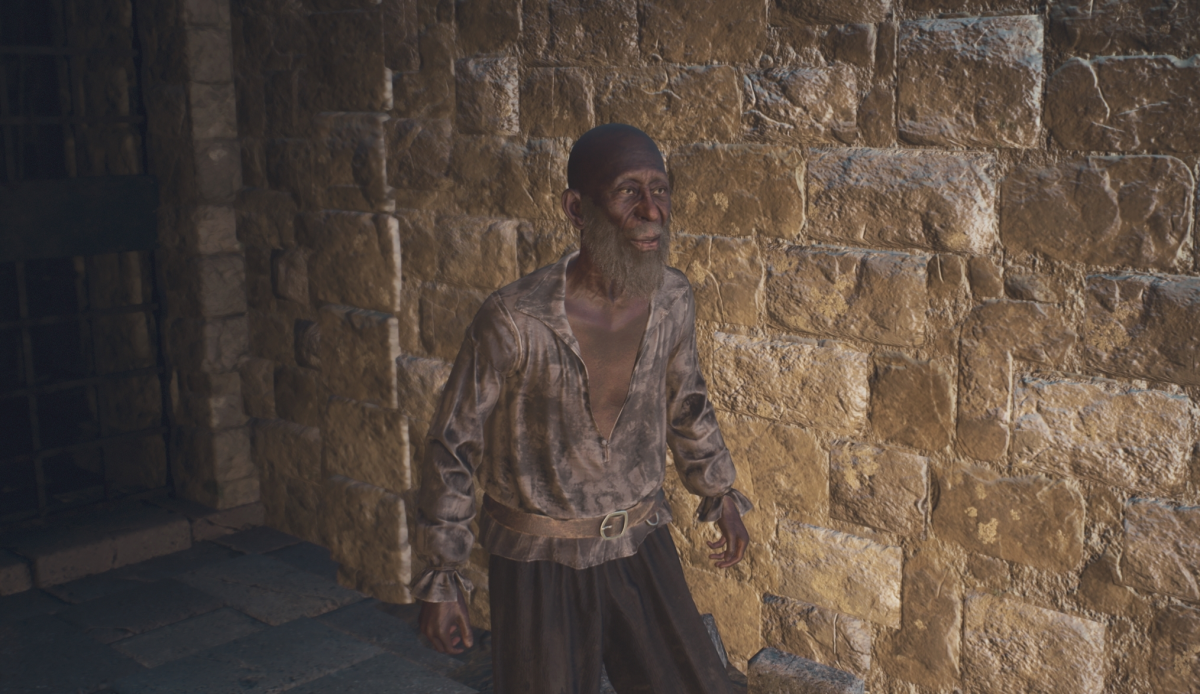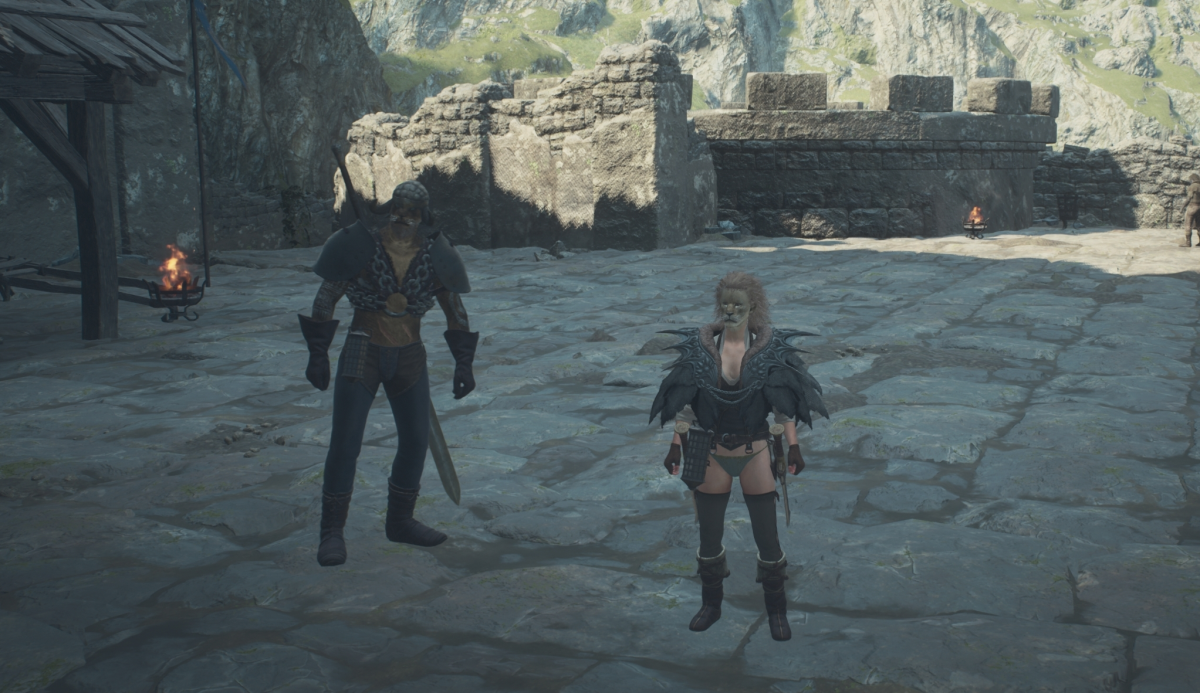As a 16-year-old entering his first major tournament, Joseph Saelee hoped “just to qualify” for the final bracket at the 2018 Classic Tetris World Championship. Instead, he defeated 2014 champion Harry Hong, No. 1 seed Koji “Koryan” Nishio and seven-time competitive Tetris champion Jonas Neubauer, to win the whole CTWC.
Not only did Saelee establish himself as one of the greats of the game, his run also ushered in a new guard of the competitive Tetris scene.
Though Tetris released on the Nintendo Entertainment System in 1989, making it one of the oldest esports that still has an active community, recent Tetris tournaments have been increasingly populated by up-and-comers far younger than the game itself. Saelee won back-to-back championships in 2018 and 2019 before reaching adulthood. In 2020, 13-year-old Michael “Dog” Artiaga won the online finals against his 15-year-old brother, Andrew “PixelAndy” Artiaga. However, these youngsters are fairly new additions to a community historically dominated by one man in his 30s.

Establishing the old guard
Vince Clemente organized the inaugural CTWC in 2010 as part of “Ecstasy of Order: The Tetris Masters,” a documentary directed by Adam Cornelius. 29-year-old Neubauer defeated Hong to become the first Tetris world champion.
While Clemente created the event specifically for the documentary, the CTWC became an annual competitive Tetris occurrence. So did Neubauer winning. He finished in first place at the next three world championships. Hong briefly challenged his reign by winning the 2014 CTWC. However, Neubauer returned with three more consecutive victories from 2015 to 2017.
“The thing with Jonas is that you couldn’t faze him,” ESPN host and CTWC caster Arda Ocal said. “He never succumbed to the pressure of the stage. If you were going to beat him, you would have to be perfect.”
Neubauer was the best in the world at a technique known as DAS, or delayed auto shift. DAS addresses the fact that in-game tetrominoes move slightly when the player holds left or right on the D-pad, then pause briefly before automatically shifting to the side.
Still, the technique’s name is a bit of a misnomer. It’s actually a method for bypassing the delay before the auto shift. By pressing the D-pad during the entry delay — the period between one piece locking into place and the next piece dropping from the top of the screen — the next piece will automatically shift without any delay.

The technique was not flawless. Since pressing the D-pad outside of the entry delay would cause the player to “lose DAS,” they could be forced into tricky situations if they positioned a piece incorrectly. Would they press the D-pad again to correct the mistake but lose DAS in the process? Or would they keep the unfavorable tetromino placement in order to preserve their speed?

















Published: Aug 23, 2021 02:59 pm